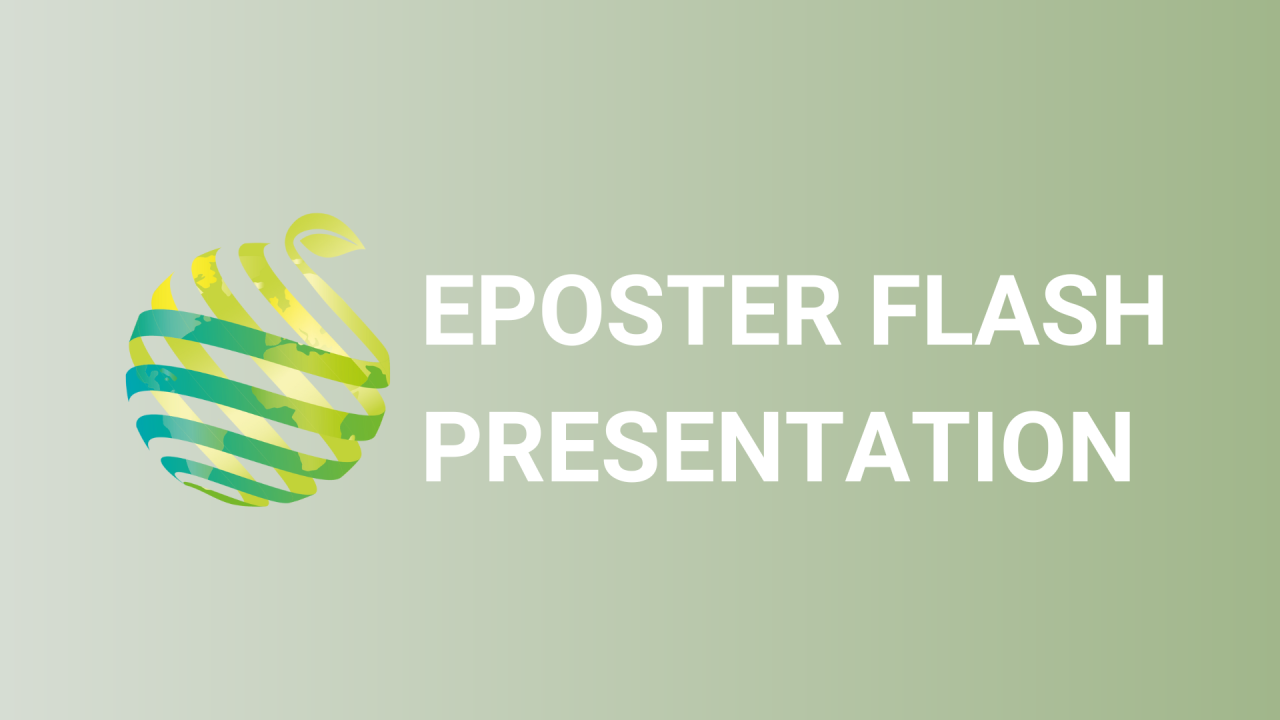

S04 - Session P1 - New Tools II - First accounts of Zantadeschia sp. dasheen and konjac virus detection in Latvia
Information
Authors: Liva Purmale *, Anna Korica, Rafaels Joffe
Historically, in Latvia, Calla lily ( Zantadeschia sp.) is a decorative plant that is grown in greenhouses. Around the years 2012-2013, local populations started to suffer from plant damage and crippled growth; plants lost their decorative properties. The time coincided with new Zantadeschia cultivars being brought to Latvia from nurseries in the Netherlands and Germany. No further measures were taken except for the elimination of damaged plants. Unfortunately, that wasn't enough and symptoms spread. Urgent measures were needed. Plant micropropagation using meristem cultures was chosen as the pathogen elimination method. Apical meristems were placed on MS medium containing 2,5 mg/l BAP and 2 mg/l IAA. A half-strength MS medium containing 1 mg/l NAA was used for root growth initiation. After acclimatization, infected plants were observed and virus detection was started with molecular methods. For RNS extraction the Thermo Scientific™ GeneJET Plant RNA Purification Kit was used, then reverse transcription, the Applied Biosystems™ High-Capacity cDNA Reverse Transcription Kit, the PCR reaction using Solis BioDyneHOT FIREPol® Blend Master Mix. For visualization, a 1,5% Agarose gel was used.There are at least 14 viruses in the world known to affect calla lilies. Two viruses n DsMV (dasheen mosaic virus) and KoMV (konjac mosaic virus) n were detected both in greenhouse calla lily and in vitro plantlets. DsMV is a wildly spread calla lily virus but KoMV was previously reported only from Japan, Korea, Taiwan, China, the Netherlands, New Zealand, Germany, Brazil, and now for the first time n in Latvia. Further research on the virus elimination from Calla lilies is needed.